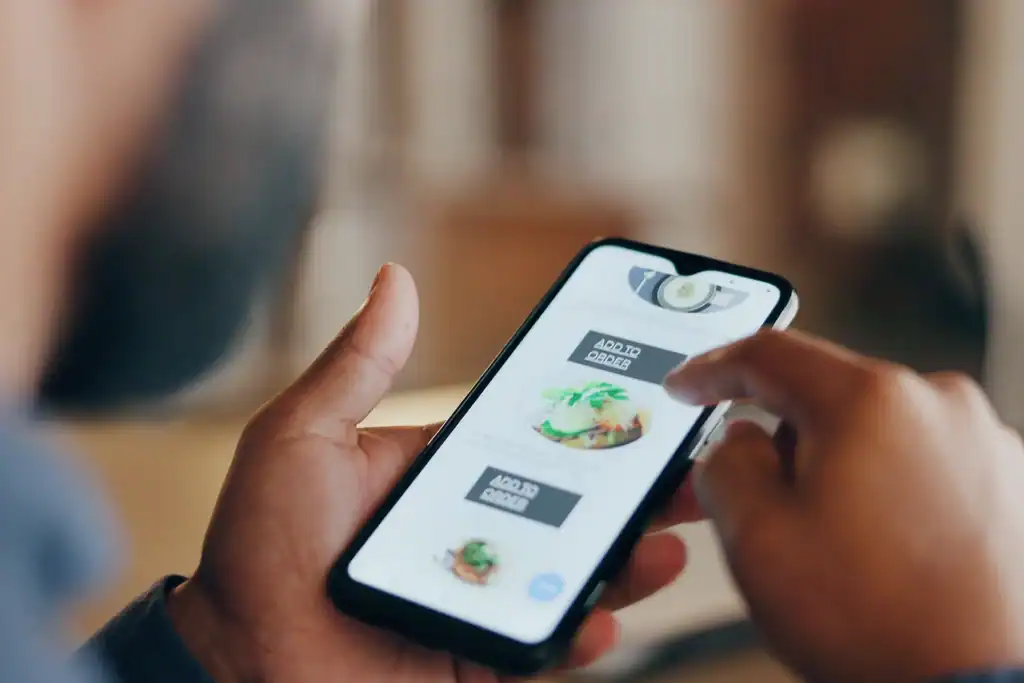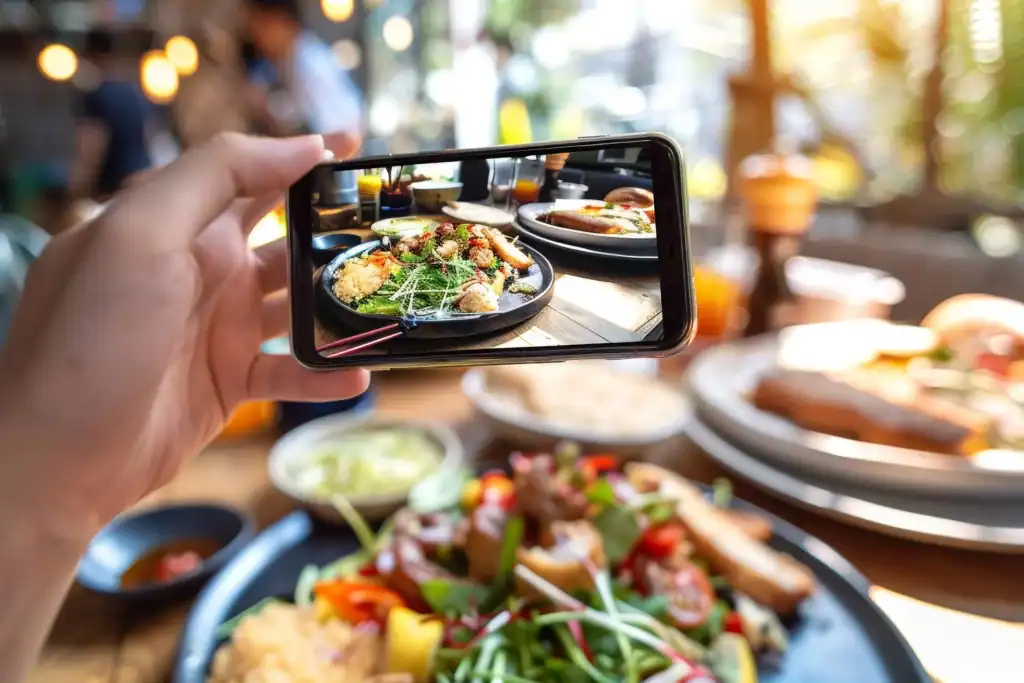Before learning how to brand a restaurant, you first have to know the definition of branding. There is an astounding amount of misconception surrounding what “branding” actually means. Professionals in the creative industry are some of the worst offenders. “We’ll do your branding” and “we branded that restaurant” are phrases you hear and read often… but they’re wrong. “Branding” isn’t the act of designing a logo and/or system of graphic elements. It’s not primarily a visual endeavor.
Branding is the practice of establishing a company’s differentiated and relevant presence in market with the intent of attracting and retaining a consumer group. When applied to restaurants it gets a little more detailed. Restaurant branding is the practice of establishing a differentiated and relevant offering, from food and service through ambiance and marketing, that attracts and retains a group of people. Yes, identity and other graphic design workstreams are an output, but only after the strategy has been set. In its purest form, branding is all about thinking and strategy first and foremost.
Now that we’ve cleared up the definition of “branding,” let’s talk about how to brand a restaurant
If we had to visualize a brand strategy (and since we’re designers at heart, you know we love to visualize things), it’d look like this Venn diagram. It’s comprised of four pillars that collectively add to an epicenter that we call the brand’s “purpose.”

At Vigor, we start with an intense audit of the marketplace and the restaurant concept’s vision. We call this the “Product.” It answers the question, “what are we putting into the world.” We couple this with establishing a profile for our quintessential “Patron.” That’s an archetype, or persona, of the kind of people we wish to attract to our counter as consumers and team members alike.
During our discovery interviews we identify the restaurant brand’s most probable competitors. With that list we begin analyzing each competitor to establish their perceived strengths, weaknesses, and passionate purpose. This information allows us to start assessing the viability of our initial Product and Patron. It gives us a clear path for the restaurant brand’s Position which answers the question, “What makes this different from other restaurants?” (More on a brand’s position in this article)
The final pillar is the brand’s Personality. Building off of the other three pillars we can craft the best options for how the restaurant should look, feel, and sound. The personality direct affects the visual output of the brand from logo and identity through interior design (the part that most people call “branding.”) At Vigor, we usually establish up to three brand adjectives with overview descriptions that help guide the brand forward. We then use those to pull imagery for moodboards that guide interiors and identity design.
Want a sneak peak at one of our brand strategy documents? Connect with us at (678) 855-7835 or info@vigorbranding.com, and we’ll setup a time for a conference call and screenshare.
Establishing a restaurant brand’s Passionate Purpose
The four brand pillars all lead up to the brand’s passionate purpose, a concise and poignant statement that answers the question, “Why do we exist?” This is the most powerful element of a brand. If you’re unconvinced of the power of “Why?” then watch/listen to Simon Sinek’s TED talk. He explains it perfectly.
A truly believed Passionate Purpose is one that’s put into action from the top down. It’s the heartbeat of a true restaurant brand. Yet, it’s one of the most often missing parts of a restaurant. Most restaurant brands design a cool look using their, their designer’s, or a combination of both, gut instinct to guide the look and feel. This creates shallow, disjointed experiences where interiors mismatch digital real estate, tone of voice is incongruent, and the design aesthetic is at the whim of the moment. This is not the way to build a brand with longevity as the intent.
When you establish your brand’s Passionate Purpose it should integrate the Personality, Patron, Positioning, and Product naturally. They should align and overlap just like the diagram shows. It should be a simple, strong single line that’s easy to remember. It should evoke emotion within the team across all departments.
Here are some Passionate Purposes we’ve helped establish and develop for restaurant brands:
Share a slice of home – Johnny’s Pizza House
Be bold and relentless in your craft – Rize
Next steps in “how to brand a restaurant”
This is just the beginning; the foundation. With these pillars and passion in place, you can start executing and implementing the brand across all touch points. First, you have to onboard the entire team. Be prepared to explain and demonstrate the Passionate Purpose in detail. They are the frontline in proliferating this to the world, so spend as much time as it takes getting them up to snuff. All partners should be onboarded as well. From architecture firms to graphic designers, public relations companies to real estate partners – everyone plays a crucial role in creating the brand and should know the brand intimately. When every stakeholder is aligned and believing, the outputs are unified and beautifully poised for success.
There are, of course, a lot of nuances and a large amount of expertise that goes into developing restaurant brands. That’s why we exist, and we’re glad to help, even if it’s just to answer some questions. Feel free to connect with us about your restaurant branding project to start the conversation.
As always, do it with Vigor!

